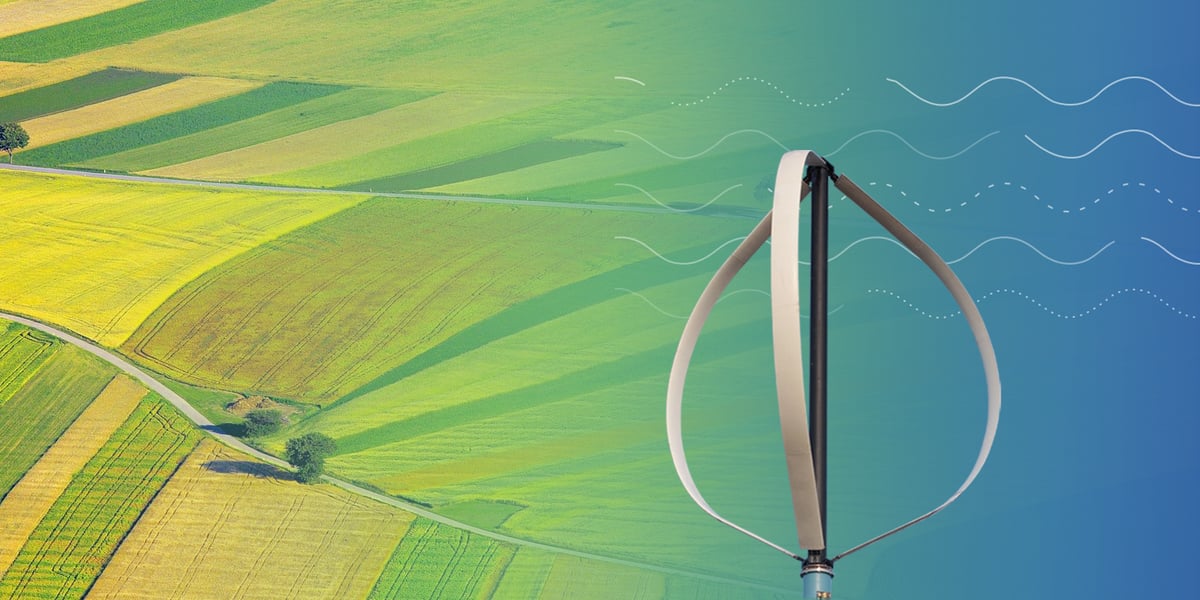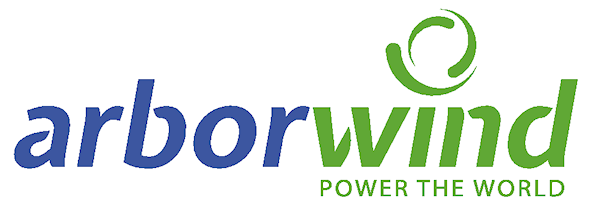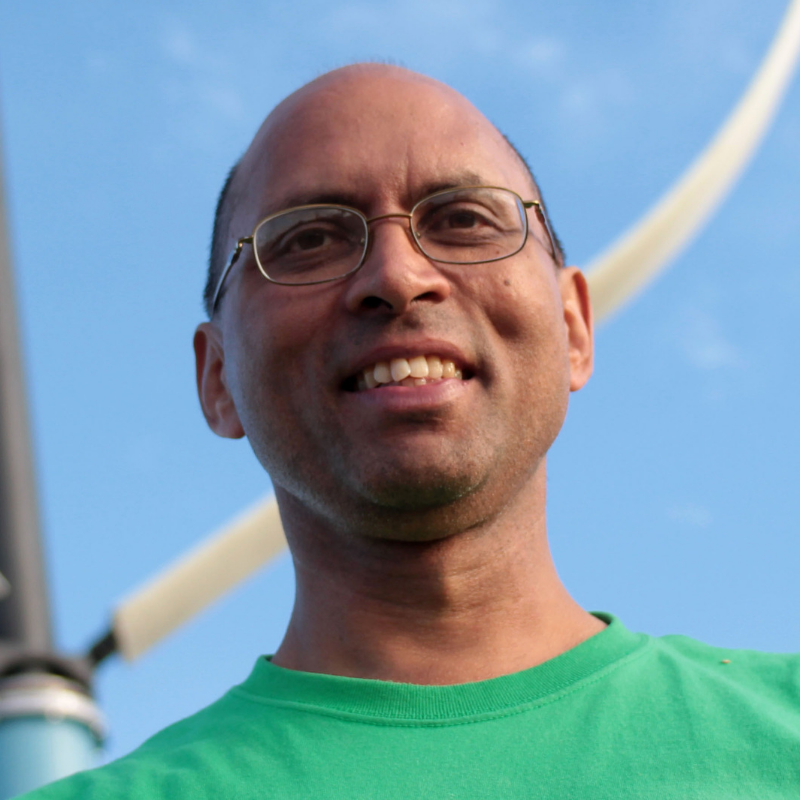
Profitable energy generation with Vertical Axis Wind Turbines (VAWTs) has been a bit of a ‘holy grail’ for alternative energy experts for decades. The obvious advantages of VAWT over the horizontal axis wind turbines (HAWT) in many applications have driven the search for a workable technology. VAWTs have a decided superiority with their much smaller footprint that can be used in urban environments or to create microgrids where the wind is abundant and power is expensive. However, the path to building a stable, profitable VAWT has been littered with failures.
The 2000s have seen a lot of failed residential VAWTs and we have still seen no utility worthy VAWT technology until now. ArborWind has redesigned and engineered the Darrieus VAWT and has proven it works.
What makes the VAWT now worthy of investors’ and developers' attention?
Clean energy technology is increasingly in demand around the world due to the need for reduced carbon emissions. In addition, many economies in need of social, economic and environmental development are moving away from fossil fuels and conventional sources of energy towards alternative sources of energy such as wind and solar. This trend is driving investment in renewable energy.
Rising investments in renewable energy are one of the primary growth drivers of the global Vertical Axis Wind Turbines (VAWTs) market, and will continue to show this growth through 2022 according to the Technavio VAWT market report (2018). ArborWind is a leading provider of vertical axis turbine technology as reported by Technavio.
The VAWT market and specifically the ArborWind PT180 presents some compelling features and benefits for both investors and developers.
The Market
The global vertical axis wind turbine market is expected to grow at a Compound Annual Growth Rate (CAGR) of close to 15% during the period 2018-2022, according to a Technavio.
With viable technology in place and the increasing demand for distributed generation not available with other forms of alternative power generation, the VAWT is poised for expansion.
Reliable Technology
In the past, VAWT designs have not lived up to their promise. Even when successfully installed, power production has been below acceptable and profitable levels.
Historical problems solved.
A legitimate concern for investors is the reliability and stability of the technology in light of past performance. ArborWind has spent the past 14 years developing VAWT technology. The scaleable PT180 series of turbines is a proven producer for over 8 years of operation in Marshall, Michigan. The PT180 design life is 50 years with minimal maintenance compared to the estimated life of HAWTs of 20-25 years at best where blades, bearings or gearboxes are replaced every few years.
Energy Production
One way to assess whether VAWTs are a good choice as a developer of communities, commercial and industrial projects or as an investor is to look at the potential for power generation and the sale of the energy produced. How much energy will a vertical axis wind turbine produce? It depends.
The energy (kWh) produced by any wind turbine, VAWT or HAWT depends on the following variables:
- Wind Speed and Duration. The wind regime where the turbine is located and the turbine's access to wind. The faster the wind speeds the more power is produced. The height of the turbine blades will also determine how much wind is available to generate power. The higher above the ground the turbine is the more access to the wind. The more constant the wind resource, the more consistent energy production.
- Turbine Power Efficiency. The efficiency ratio for any means of power generation is determined by the ratio of the energy input required to generate the power (wind) and the energy output achieved (electricity.)
- Distribution. The power generated is measured by how much power is either stored in batteries or provided to a point of distribution - the grid or microgrid.
The value of the power produced and therefore the profitability of the power generation is a calculation that takes the cost of energy in a particular location into account. Energy costs vary widely across the United States and the world and generally ranges from $0.06 per kWh in some states and upwards of $0.35 per kWh in states like Puerto Rico, Hawaii or California.
An Example:
- The ArborWind PT180 generates 180,000 kWh per year in a wind regime of 15 mph
- Assuming local energy prices are $0.25 kWh
- A single PT180 would produce $45,000 worth of power per year
ROI for Developers and Investors
There are several ways to profit from vertical axis wind.
- Own VAWTs and sell the power produced or save money on current power costs
- Invest in VAWT stocks
- Invest in a VAWT technology company like ArborWind
The calculation of ROI for any investment includes the amount of capital investment and the profit returned over time from the investment. The profit and ROI available for VAWTs relies heavily on location (wind regime and local power prices). For example, in a modest wind regime with power prices at $0.25 kWh, the payback period is estimated to be 10 years with a 100% return. Actual results will vary depending on location and conditions. Contact ArborWind to discuss the viability and potential profitability of your proposed VAWT project.
In Summary
The market for alternative power generation is growing fast. The new reliable, stable Vertical Axis Wind Turbine technology is ready to take generating power to where other forms of power generation have been too costly and even unavailable. For investors and developers, VAWTs are now a solid choice.
About ArborWind
Based in Ann Arbor, Michigan where it leverages Michigan- and U.S-based suppliers, the ArborWind team works with a single vision: Clean, safe and reliable wind power delivered with a durable, economical product, the ArborWind PT180 Vertical Axis Wind Turbine. Contact us to us learn more at 734-688-8040.


